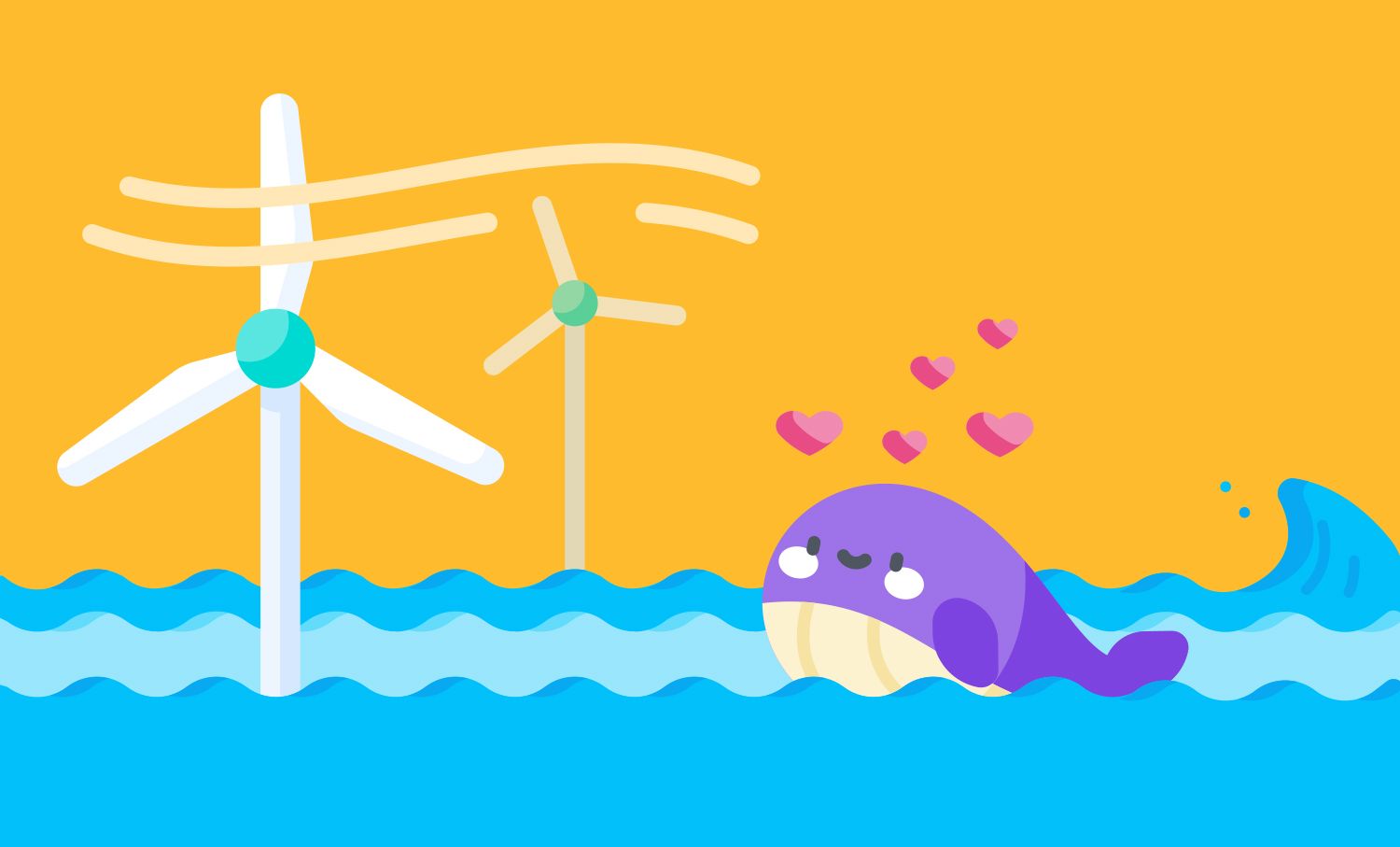For Love of the Sea: Embracing Europe’s Offshore Energy Capabilities

Offshore energy, central to the European Green Deal, offers promising potential for renewable energy generation.
A way forward
As the European Union continues to set targets and implement carbon reduction schemes in order to adhere to the Paris Climate Accord, alternative, renewable energy remains one of the most promising options.
Offshore wind turbines are especially enticing due to the high energy demands of coastal communities and cities, better efficiency, and their steady supply of energy.
With this in mind, it is not surprising that earlier this year, European countries agreed to a strategy to deploy renewable energy projects in five sea basins, with intermediate goals to be achieved by 2030, 2040, and finally, 2050. These goals will ensure that offshore energy generation harnesses the potential of each basin, and protects the surrounding ecosystems as well.
Historic use
Offshore energy is a tried and tested renewable energy measure, with the first offshore wind turbine installed in 1991 off the coast of Denmark. In the years since, offshore wind farms have slowly become a more common sight in both Europe and elsewhere around the world.
Compared to the United States, Europe boasts a staggering population of wind turbines connected to the grid, numbering over 5,400, and this number is only expected to grow as capacity increases.
Tidal and wave energy
Offshore energy also covers tidal and wave energy, which will contribute to the EU’s sustainable development plans for its ‘Blue Economy.’ This includes green infrastructure and decarbonized maritime transport, as well as projects devoted to renewable energy. Over the last decade, the EU has spent more than €4 billion in ocean energy research and pilot programs, leading to the conclusion that it has the potential to contribute ~10% of European power demand by 2050.
Obstacles to implementation
Since their first installation, offshore wind farms have faced opposition from an array of parties, including local residents and businesses, and environmental groups.
Indeed, a recent study of two onshore wind farms in the United States demonstrated that for many residents, feeling ‘left behind’ by contractors and the government contributed to a sustained dislike and distrust of wind farms. While this study only discussed onshore wind farms, similar concerns have been raised for offshore wind farms, with some people worried that turbines would spoil coastal views, leading to negative effects on local tourism.
Environmental groups are concerned with the ecological impacts of development and operation. Noise pollution, bird strikes, and effects on marine animals, both pelagic and benthic, all count among the potential disadvantages.
In the last two decades, several studies have measured the impacts of offshore wind turbines on the local environments. In addition to increased noise pollution and altered habitats, wind turbines have the potential to create a reef effect and impact the larval dispersal and spawning of different species. Vessel traffic, and therefore, vessel strikes, may also increase.
Though it is now possible to install turbines in deeper waters due to developing technologies, the environmental concerns remain, especially for seabirds who regularly fly between their nests and feeding grounds. For this reason, further studies and continued precaution are needed.
It is thus of the utmost importance that impact assessments are thoroughly conducted prior to the installation of any turbines in an intended area.
What the future holds
As stated above, Europe needs to increase its renewable energy capacity in order to meet the high demands of the European Green Deal, which promises carbon neutrality by 2050. A large part of this capacity is going to be met by offshore energy generation, in the form of wind turbines and ocean energy.
In 2021, the offshore wind capacity was 14.6 GW. Under the new agreement, this capacity is expected to increase by 111 GW by the end of the decade, according to the European Commission. By 2050, capacity needs to reach 317 GW to align with the goals of the approved strategy. For ocean energy, capacity is expected to increase to 60 GW by mid-century.
These massive increases in capacity will require similarly massive investments, with some estimates reaching €800 billion.
References
Bailey, H., Brookes, K.L., and Thompson, P.M. (2014, September 14). Assessing environmental impacts of offshore wind farms: lessons learned and recommendations for the future. Aquatic Biosystems, 10(8).
Bingaman, S., Firestone, J. and Bidwell, D. (2022, June 01). Winds of Change: examining attitude shifts regarding an offshore wind project. Journal of Environmental Policy and Planning, 25(1) 55-73.
An EU Strategy to harness the potential of offshore renewable energy for a climate neutral future. (2020, November 19). COMMUNICATION FROM THE COMMISSION TO THE EUROPEAN PARLIAMENT, THE COUNCIL, THE EUROPEAN ECONOMIC AND SOCIAL COMMITTEE AND THE COMMITTEE OF THE REGIONS. European Commission.
Directorate-General for Energy. (2023, January 19). Member states agree new ambition for expanding offshore renewable energy. Energy.
Offshore Wind Energy: Protecting Marine Life. NOAA Fisheries.
Penn, I. (2021, June 07). Offshore Wind Farms Show What Bidens’ Climate Plan Is Up Against. The New York Times.
Putting the Blue into the Green: Sustainable Blue Economy. (2021, May 17). European Commission.